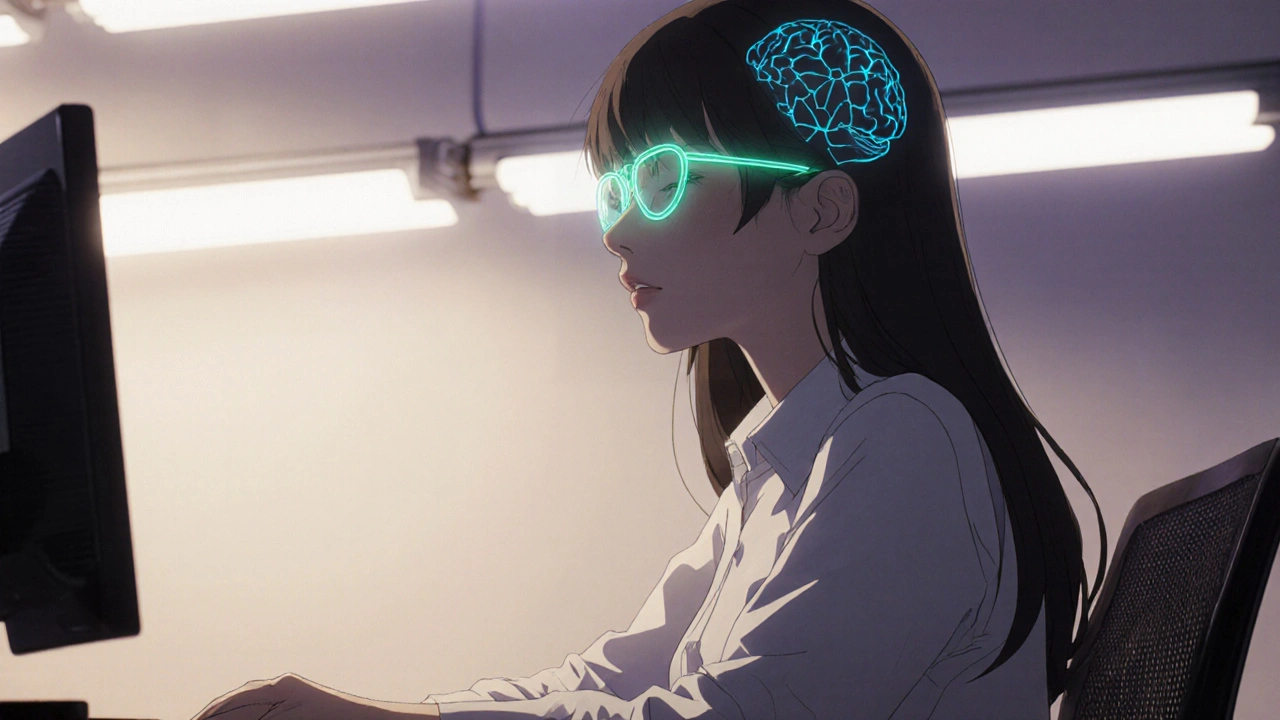Photophobia: Understanding Light Sensitivity and What Causes It
When light feels painful—even normal indoor lighting—you’re not just being sensitive. You might be experiencing photophobia, an abnormal intolerance to light that causes eye discomfort or pain. Also known as light sensitivity, it’s not a disease on its own, but a symptom that points to something else going on in your eyes or brain. People with photophobia often squint, close their eyes, or avoid bright rooms, even when there’s no obvious injury. It can hit suddenly after a headache, or creep in slowly with an underlying condition.
Photophobia often shows up with migraines, a neurological condition that causes severe head pain and sensory disturbances. In fact, up to 80% of migraine sufferers report light sensitivity during attacks. But it’s not just migraines. eye conditions, like uveitis, corneal abrasions, or albinism can trigger it too. Even some medications or recent eye surgery can make your eyes react badly to light. If you’ve had a concussion or meningitis, photophobia might be one of the first signs something’s wrong.
What makes photophobia tricky is that it doesn’t always mean your eyes are damaged. Sometimes, it’s your brain’s wiring—how it processes light signals—that’s out of sync. That’s why sunglasses don’t always fix it. You might need to treat the root cause, whether that’s a migraine trigger, an inflamed iris, or a reaction to a drug. Knowing what’s behind the discomfort is the first step to relief.
What you’ll find below are real, practical guides from people who’ve lived with this. From how certain medications can worsen light sensitivity, to how simple changes in lighting at home can make a difference, these posts cut through the noise. You’ll see what works, what doesn’t, and what doctors actually recommend—not just theory, but what happens in real life when your eyes can’t take the light.

